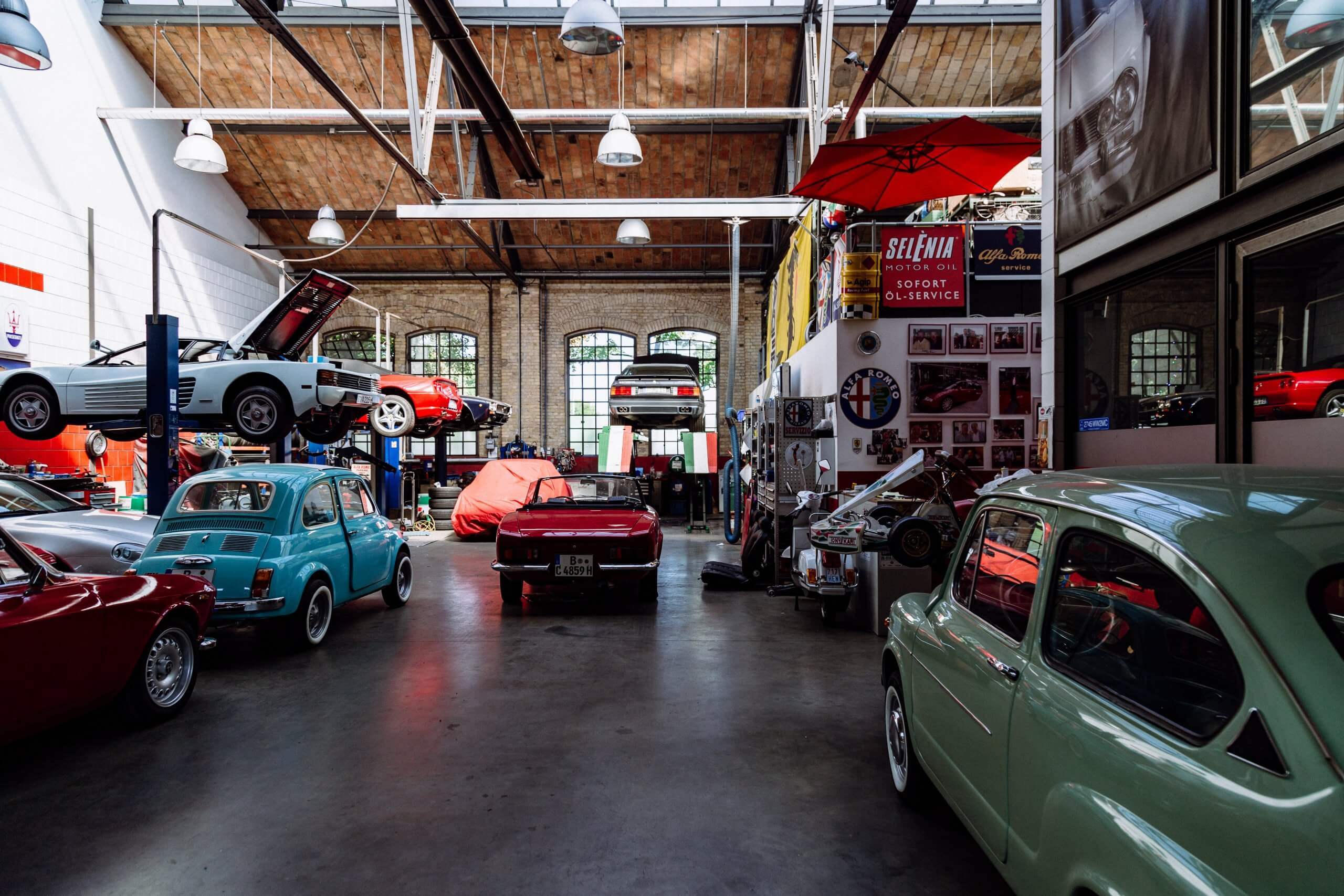The Importance of Onboarding in the Automotive Industry: Part 1

The Automotive Employee Journey
Let’s start with some good news. According to Tinypulse.com, 91% of employees are retained by an organization with an effective onboarding process and 69% of new hires are likely to stay for three years if there is a well-structured onboarding programme in place.
But here’s the bad news – 22% of staff turnover occurs within the first 45 days.
According to Fred Reichheld, the inventor of NPS:
“If you wonder what getting and keeping the right employees has to do with getting and keeping the right customers, the answer is everything. Companies need to care about the employee experience because that’s the only way they will be equipped to deliver a great customer experience.”
The reality of the statement seems to be hitting home. We do a lot of work in the area of employee engagement. We have received more requests for information and proposals in the last year for employee engagement projects than we have in recent memory.
The automotive industry suffers from higher-than-average turnover, especially in the key areas of frontline roles that deal directly with the customer. And without a positive employee experience, it is much more difficult to deliver a positive customer experience.
Manufacturers seem to be recognizing more acutely the need to have fully engaged, interested, and satisfied frontline employees which is particularly challenging, in an industry that globally still tends to operate on a franchise model.
In this two part blog series, we will be looking at the employee journey. The first will deal with the time leading up to the employee starting their first day of work; the second will focus on what happens once they actually get there. Even though our focus in this post is on onboarding for the automotive industry, the principles can be applied across industry.
Minimizing Turnover While Increasing Satisfaction
For the automotive industry there’s a very strong economic argument for decreasing employee turnover. According to Ted Kraybill, president of ESI Trends which conducts the annual National Automobile Dealers Association Dealership Workforce Study in the US, a 10-percentage-point increase in turnover will cost the average dealership $7,500 in gross profit per employee per year.
If the average dealership has 70 people, a 10-point increase in employee turnover for the average dealership costs more than $500,000 in gross profit annually. Multiplied by NADA’s count of roughly 16,500 dealerships, it’s an $8 billion-plus problem (Automotive News, 2017).
The first step to minimise a high employee turnover is to implement a strong onboarding process for your next hire. A good process will increase the employee satisfaction and retention, whereas a poor one will result in consistent and costly turnover.
Showing Commitment to the Development
By presenting the onboarding steps, brand history, curriculum and resources available, you demonstrate your commitment to an individual’s development, success, and comfort level when first starting a new role. This can be a tense time for anyone in a new position, and the more structure you can present before they are hired, the more likely you are to attract a better candidate.
Communicate Accountability
A second goal along with this support, is to communicate the accountability that goes along with it. By demonstrating that certain courses are to be completed, and a culture that is to be adhered to, you are setting expectations that will need to be met. Too often a new hire exhibits the wrong behavior simply for the fact that they were not told of the desired behaviour by the employer.
By doing this before the actual hire takes place, you ensure they understand what is expected with no surprises after they start.
Share Onboarding Plan Prior to the Employee’s First Day
Once you have made the hire official, often there can be some time gap until the actual start date. If this is the case, you may want to consider sending any applicable resources to the new hire to help prepare them for your brand and/or dealership.
Even having them explore the websites in depth with specific information needs will help them become more familiar with their new surroundings. Here they can learn more about the product and possibly the team they will be working with which can help them feel more at home.
It may also raise some initial questions that they can be prepared to ask on their first day.
Speaking of the first day, an effective onboarding process is transparent, meaning that you need to choreograph the day and prepare the new hire for what’s ahead. Sending an email or text in advance with the day’s agenda will help to confirm your commitment and help them start off on the right foot.
Positive Employee Experiences Turn Into Positive Customer Experiences
The bottom line is that in order to retain employees, effective onboarding processes need to be put into effect. Better preparing employees before their first day and during training will decrease turnover and ultimately help new hires to feel supported by their team, stay committed to development, and increase their communication with leadership.
With an exemplary onboarding process, automotive companies will see an increase in fully engaged, interested, and satisfied employees. And when employees have a positive experience with the company, they are more likely to pass on the positive experiences to their customers.
Click here to read the second part of this series.
Sources:
-
Automotive News (‘Employee turnover costs dealers billions’ Jan.23, 2017)
